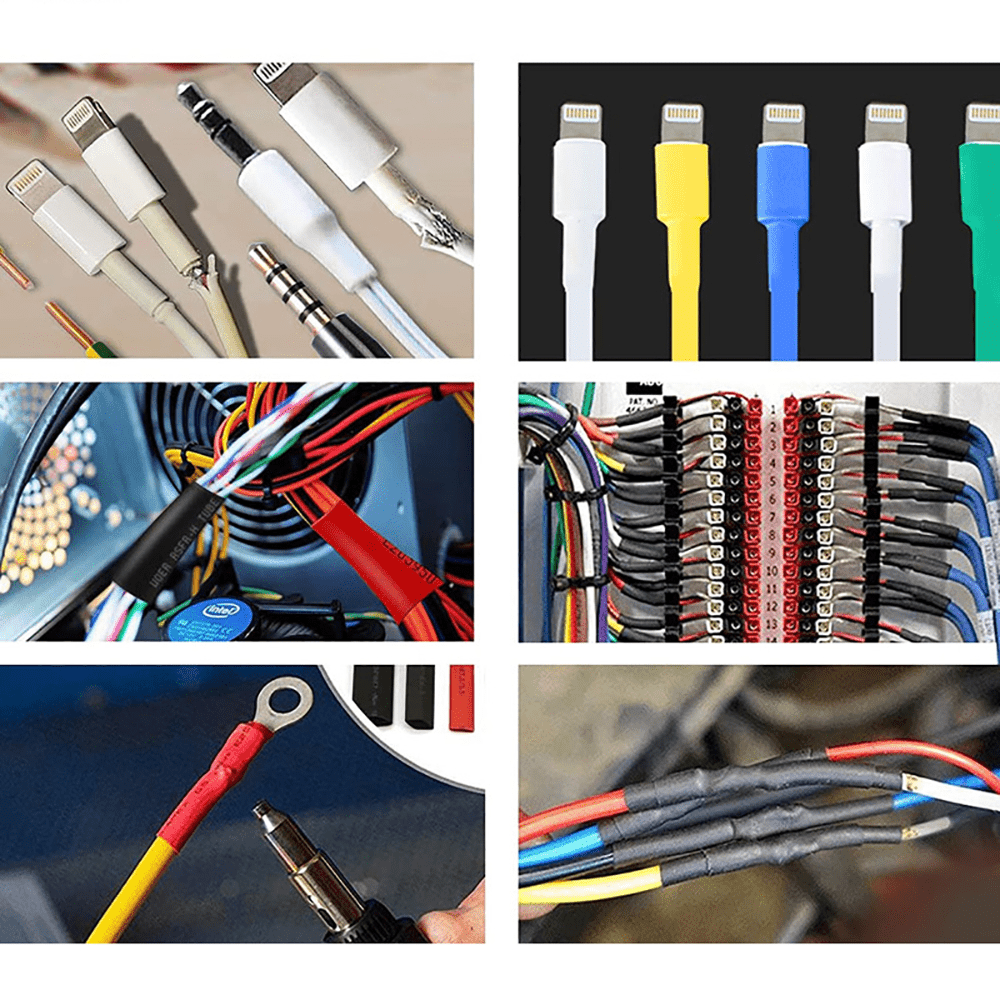Table of Contents
- What is a Power Probe?
- How Does a Power Probe Work?
- Why Use a Power Probe in Automotive Diagnostics?
- Key Features of a Power Probe
- Power Probe vs. Multimeter
- Practical Uses of a Power Probe in Vehicles
- Step-by-Step Guide: How to Use a Power Probe
- Safety Tips When Using a Power Probe
- Choosing the Right Power Probe for Your Needs
- Different Types of Power Probes
- Advanced Diagnostic Techniques with a Power Probe
- Frequently Asked Questions
- Conclusion
What is a Power Probe?
A Power Probe is a specialized diagnostic tool for automotive electrical systems. It combines the functions of a test light, jumper wire, and basic multimeter into one device. By connecting directly to the vehicle’s battery, it can quickly determine voltage, check continuity, verify ground, and apply power to components. This allows you to instantly test relays, bulbs, motors, and wiring without having to remove them from the car.
In simple terms, a Power Probe is your direct link to understanding the health of a car’s electrical system. It helps you see whether a circuit has power, is properly grounded, or is interrupted somewhere along the line.

How Does a Power Probe Work?
A Power Probe connects to both positive and negative terminals of a car battery, providing instant access to power and ground. With its probe tip, you can test electrical points across the vehicle. When touched to a circuit, the probe displays the voltage reading on its digital screen and uses audio/visual cues to indicate status. By flipping a switch, you can send voltage or ground directly into the circuit for testing components under load.
| Function | How It Works | Example Use |
|---|---|---|
| Voltage Test | Reads voltage at the probe tip | Check if a fuse or battery terminal supplies power |
| Continuity Test | Detects if a circuit is complete | Find broken wires or faulty switches |
| Apply Power | Sends battery voltage to a component | Directly energize a fan, relay, or motor |
| Check Ground | Verifies if the ground path is working | Diagnose grounding issues causing dim lights |

Why Use a Power Probe in Automotive Diagnostics?
Electrical issues in vehicles can be notoriously difficult to diagnose. A bad ground, corroded connector, or damaged wire can mimic symptoms of expensive component failure. The Power Probe eliminates much of the guesswork by letting you apply live power, check connections instantly, and test circuits without dismantling entire systems.
- Speeds up diagnosis compared to a multimeter alone
- Reduces unnecessary parts replacement
- Quickly isolates faulty wiring or components
- Can test circuits under actual load conditions
- Ideal for both professionals and DIY users
Key Features of a Power Probe
Different models of Power Probes offer various features, but most include the following:
- Digital Voltage Display: Real-time voltage reading at probe tip.
- Audio and Visual Indicators: Alerts when power or ground is detected.
- Polarity Testing: Instantly shows positive or negative connections.
- Power Injection: Apply 12V to components directly from the tool.
- Continuity Beep: Audible tone when continuity is established.
- Overload Protection: Safeguards against short circuits or incorrect use.
Power Probe vs. Multimeter
Both tools have their place in automotive diagnostics. A multimeter is more precise for measuring resistance, current, and exact voltage levels, but it cannot energize circuits. A Power Probe is faster for practical troubleshooting, especially when you need to activate a component quickly.
| Feature | Power Probe | Multimeter |
|---|---|---|
| Voltage Measurement | Yes (quick readings) | Yes (precise readings) |
| Continuity Test | Yes (audible/visual alerts) | Yes (measured in ohms) |
| Apply Power | Yes (12V direct power) | No |
| Best Use | Quick diagnostics, activating components | Detailed measurements, electronics testing |
Practical Uses of a Power Probe in Vehicles
The applications of a Power Probe are nearly endless when working on cars, trucks, motorcycles, or even boats. Here are some of the most common ways it is used:
- Testing headlight or taillight circuits
- Checking fuse integrity
- Verifying power windows or locks
- Diagnosing starter motor issues
- Testing fuel pump relays
- Checking trailer wiring harnesses
- Verifying fan and blower motor functionality
- Locating short circuits or parasitic drains
For instance, imagine your car’s radiator fan won’t turn on. With a Power Probe, you can send power directly to the fan motor. If it runs, the problem isn’t the motor but somewhere in the relay, fuse, or wiring. This saves hours compared to replacing parts blindly.
Step-by-Step Guide: How to Use a Power Probe
Using a Power Probe is straightforward but requires attention to detail. Below is a detailed workflow:
- Connect to Battery: Attach the Power Probe’s red clip to the positive terminal and the black clip to the negative terminal.
- Verify Tool Function: The display should light up, showing voltage.
- Test Known Circuit: Touch the probe tip to a known good fuse or connector to confirm readings are accurate.
- Diagnose Suspect Circuit: Touch the probe tip to the wire, connector, or terminal in question. The display will show whether voltage is present.
- Apply Power: If needed, flip the switch to send power down the probe to activate the component (e.g., motor, light bulb).
- Check Ground: Switch to ground mode and touch a component to verify if a proper ground exists.
- Trace Issues: Follow the wiring until you find where the voltage or ground is lost. This helps you pinpoint broken wires or corroded connections.
Pro Tip: Always verify circuits before applying power. Sending 12V into sensitive electronic modules can cause damage if misused.

Safety Tips When Using a Power Probe
- Never apply power to sensitive ECU or computer-controlled circuits.
- Always double-check the component before energizing it.
- Use short bursts of power when testing motors or pumps.
- Wear safety glasses when working around batteries and wiring.
- Do not probe directly into airbag wiring or modules.
Choosing the Right Power Probe for Your Needs
When selecting a Power Probe, consider the following factors:
- Voltage Range: Ensure it covers 6V to 24V systems if you work on motorcycles, cars, and trucks.
- Display: Digital readouts are easier to interpret.
- Cord Length: Longer cords help reach rear vehicle circuits.
- Extra Features: Some models include tone generators or scope functions.
- Budget: Entry-level models are affordable and effective for DIY use.
For most users, the 6–24V Car Auto Digital Power Probe is an excellent choice due to its versatility and durability.
Different Types of Power Probes
| Type | Main Features | Best For |
|---|---|---|
| Basic Power Probe | Voltage & continuity test, power/ground | DIY users and basic troubleshooting |
| Advanced Power Probe | Digital display, overload protection, extra functions | Professional mechanics |
| Wireless Power Probe | Remote connectivity, convenience | Shops needing mobility |
Advanced Diagnostic Techniques with a Power Probe
Beyond basic testing, experienced technicians use Power Probes for advanced diagnostics:
- Voltage Drop Testing: Identifies hidden resistance in wiring.
- Load Testing: Verifies that a circuit can carry sufficient current.
- Relay Activation: Directly trigger relays to verify function.
- Parasitic Draw Diagnosis: Track down sources of battery drain.
Frequently Asked Questions
Can a Power Probe replace a multimeter?
No. A Power Probe complements a multimeter but does not replace it. Use a multimeter for detailed measurements and the Power Probe for rapid diagnostics.
Is it safe for beginners?
Yes, but beginners must follow instructions carefully. Avoid energizing sensitive circuits.
What voltage range is supported?
Most, including the 6–24V Car Auto Digital Power Probe, handle 6V to 24V systems.
Can I use a Power Probe on hybrid or EV systems?
No. High-voltage systems require specialized tools.
Does it work on boats or motorcycles?
Yes, as long as the electrical system falls within the supported voltage.
How durable are Power Probes?
They are rugged and built for shop use, but proper care extends their lifespan.
Can it test sensors?
It can check voltage and ground supply to sensors, but not the precise output signals.
What happens if I apply power incorrectly?
Most models have built-in circuit protection, but careless use can damage components.
Do I need training?
No formal training, but practice on simple circuits first is recommended.
Is it worth the investment?
Absolutely. It saves time, reduces guesswork, and prevents unnecessary part replacements.
Conclusion
A Power Probe is more than just a diagnostic tool—it’s a time saver and a problem solver. Whether you’re diagnosing a dead fuel pump, verifying a faulty relay, or tracing a short circuit, this tool allows you to confirm issues instantly. It complements your multimeter and makes electrical troubleshooting far more efficient. For mechanics, electricians, and car enthusiasts alike, owning a Power Probe is one of the smartest investments you can make.
Ready to upgrade your toolbox? Check out the 6–24V Car Auto Digital Power Probe








